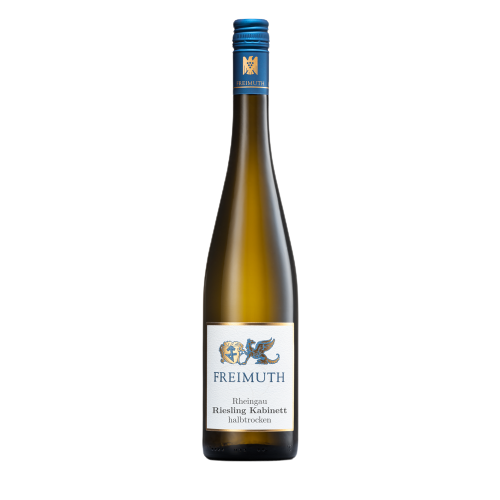Site & soil
Due to erosion over the course of many decades, lower-lying areas in each vineyard have thicker layers of soil than the rest. In very dry years, the lower part has better water nutrition and therefore the grapes mature more evenly and fully than in the significantly more meagre places higher up. In years with a wet autumn, grapes in these lower parts ripen later and quite differently from the rest. Blend of 65% Blaufränkisch and 35% Syrah.
Harvest & vinification
As with all our wines, we don’t use sulphur on the grapes, we ferment with wild yeasts and we macerate very softly in large wooden fermenters without using any mechanical tools. Grapes and must are neither heated nor cooled. During the wine’s two years of maturation, we make only one soutirage – for the rest of the time, the wine just matures slowly.
The result is an impressive wine, very seductive with fruit, finesse and tempting acidity. It is a wine that sommeliers love to serve by the glass, as it evolves and improves the longer the bottle is open. Production is 12.000 bottles (vintage 2019).
Land: Østrig
Region: Carnuntum
Appellation: Spitzerberg
Druesort: 65% Blaufränkisch and 35% Syrah
Alkohol: 12,5%
Vintype: Rødvin
Indhold: 75 cl.
Spitzerberg
One can perhaps picture the Spitzerberg as a reef, with the primeval ocean breaking upon its rocks for millions of years. Because of this, the Spitzerberg is covered with a thick layer of limestone, which comes from the ‘middle ages’ of geology. The sandy ground retains little in the way of water, and the mount – some 300 meters in elevation – always lies open to strong winds and high temperatures; there is no mistaking the expressive nature of grapes grown on the Spitzerberg. The extreme conditions yield marvelously aromatic wines with complexity and depth, finely woven filigreed texture and a refreshing framework of acidity.

The Spitzerberg is an approximately 5km-long & 300-metre-high limestone bar in easternmost Carnuntum. It is situated, extremely exposed to the wind, between the Alps (Leitha Range) and the Carpathians (Hainburg Hills). Thanks to the constantly breaking surf of the primeval sea that once covered the area, a thick layer of limestone was deposited on the hillside, which eroded over time to the size of grains of sand. Rainfall on the Spitzerberg amounts to only about 400mm per year, and the summer temperatures often reach 35–40°C. The sandy limestone soil can only store precious little water. This leads to very low yields at harvest, a maximum of 3000kg of grapes per hectare.




























